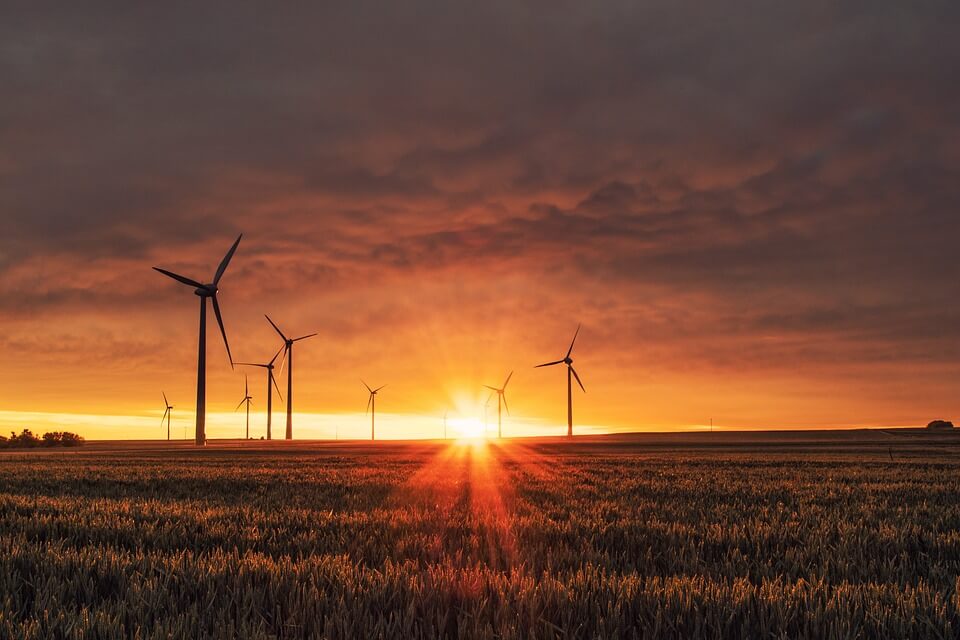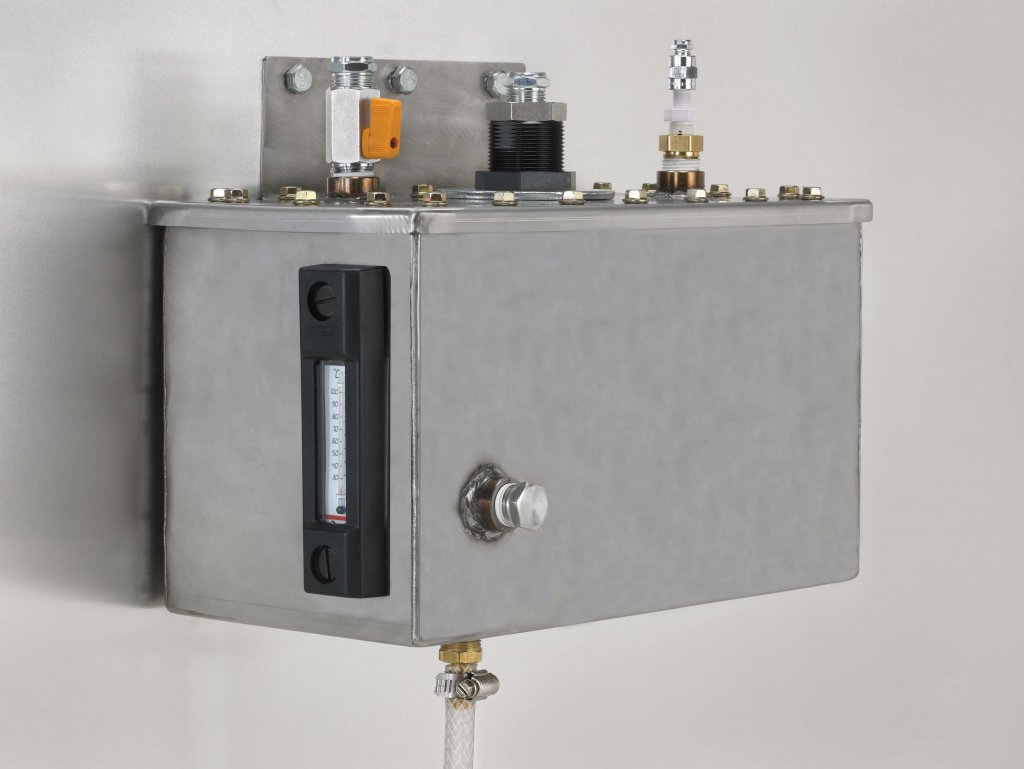By Robert J. Marotta, Product Sales Manager
Accumulator Cooler Division – Parker Hannifin

If you operate a 1.5-MW wind turbine with an open-loop cooling system, you may have a $20,000 problem you’re not even aware of. Coolant in the insulated-gate bipolar transistor (IGBT) circuit is a critical issue. Water evaporation elevates the mixture’s viscosity, prohibits cooling ability, and compromises the IGBT and associated electronic controls. Fortunately, it is possible to prevent the need for continuous coolant monitoring without taking turbines offline.
One little discussed but important function of an efficient wind turbine is temperature control. The electronic equipment and circuits installed in a turbine must operate reliably in spite of temperature fluctuations over its lifetime.
An unexpected change, and particularly a rise in temperature, can turn into a costly problem for wind-farm owners if left unchecked. Liquid cooling systems are typically used to address potential thermal changes in a wind turbine’s power electronics. But even the best quality coolant is not a failsafe in all conditions.
One after-market product is working to eliminate unexpected problems and downtimes associated with restoring coolant mixes or potentially damaged turbine components.
Overheating
A sudden or unexpected excessive internal temperature rise can lead to water evaporation and loss of coolants in critical turbine cooling systems, and may eventually cause the turbine electronics to overheat. This is a particular concern in machines with an open-loop cooling system and can occur even with the use of high-quality coolants.
An open-loop system lets water gradually evaporate from the water-glycol coolant in the insulated gate bipolar transistor (IGBT) circuit, particularly during warm weather. (IGBTs are an electronic component typically used in turbines because of their fast and efficient switching capabilities.)
A problem may occur when the water evaporation lowers the coolant level and elevates the mixture’s concentration. If the system is left unchecked and unmaintained, the resulting mix imbalance inhibits the cooling properties of the fluid. This potentially compromises the IGBT.
Needless to say, a loss of IGBT components because of overheating can result in costly hardware losses and significant turbine downtime. To avoid this, wind operators have typically “bandaged” the problem with a regular cadence of coolant monitoring, water replenishment, and re-balancing of the cooling fluid mix.
This approach can work when diligently adhered to, but it is a costly maintenance plan. It requires taking both the turbine and transformer offline, which also means turbine downtime and lost revenue for the wind farm.
Closing the loop
To remove maintenance downtime necessary to restore cooling-fluid levels, one company is essentially closing the loop on the open-loop cooling system. Parker Hannifin’s custom-designed KV-CEI after-market product works to eliminate water evaporation by containing the water vapor in a closed-loop, add-on system. It then condenses it back into a liquid to maintain a constant water-glycol ratio to optimize the efficiency of the cooling system.

Kleenvent KV-CEI eliminates water evaporation in a wind turbine’s coolant and stops ingress of airborne contaminants by closing off the cooling loop from the outside atmosphere. The unit prevents the need for continuous coolant monitoring, particularly during warm weather, for a return on investment in as little as one year.
“Because owners and operators are spending budgets and time to maintain IGBT coolant levels in open-atmosphere cooling systems, the overall cost of maintenance, replacement fluids, and reduced reliability adds up quickly,” explains Bill Mosher, Division Engineering Manager at Parker Hannifin. “The solution our engineers designed eliminates water evaporation by containing the water vapor in a closed loop add-on system.”
The current product is targeted at owners of 1.5-MW wind turbines that use an open-loop water-glycol based IGBT cooling system.
“By maintaining a constant water-glycol ratio, we ensure the cooling system’s efficiency,” Mosher adds. “The results are reduced monitoring and improved turbine reliability, which net higher productivity and uninterrupted power generation and revenue streams for wind-farm owners.”
How it works
KV-CEI isolates electronic systems from airborne contaminants, dust, chemicals, and water vapor evaporation. It is an enclosure that works by closing off the coolant loop system from the outside atmosphere (where evaporation escapes) with a breather bladder. Outside air inflates and deflates the bladder when fluid levels inside the isolation tank expand and contract from system liquid temperature changes.
A low-pressure relief valve helps prevent system over-pressurization in case unforeseen air becomes trapped inside the fluid lines. An open-close, air-exhausting valve let the system drain and refill with the proper fluid levels during a normal preventative maintenance cycle.
By isolating the internal volume of the reservoir from the existing outside atmosphere, the system prevents evaporation of water from and the ingress of airborne contaminants into the water-glycol solution. A check valve provides over-pressure protection, and a visual level indicator allows local confirmation of the coolant level.
In addition, a port allows adding an optional, industry-standard, liquid-level float switch for remote low-level coolant indication.
“The KV-CEI design is versatile enough to allow the addition of low-level liquid sensors when needed in a turbine.” Mosher says custom-designs are also possible. “We also can design many mounting options to fit a particular mounting pattern.”
The aim is to keep wind turbines generating energy in even in extreme temperatures, without adding more maintenance visits to a site.
“The return on investment for the KV-CEI solution can be measured in as little as a few short weeks in warmer climates and at elevated operating temperatures,” says Mosher.
Filed Under: News, O&M, Projects




